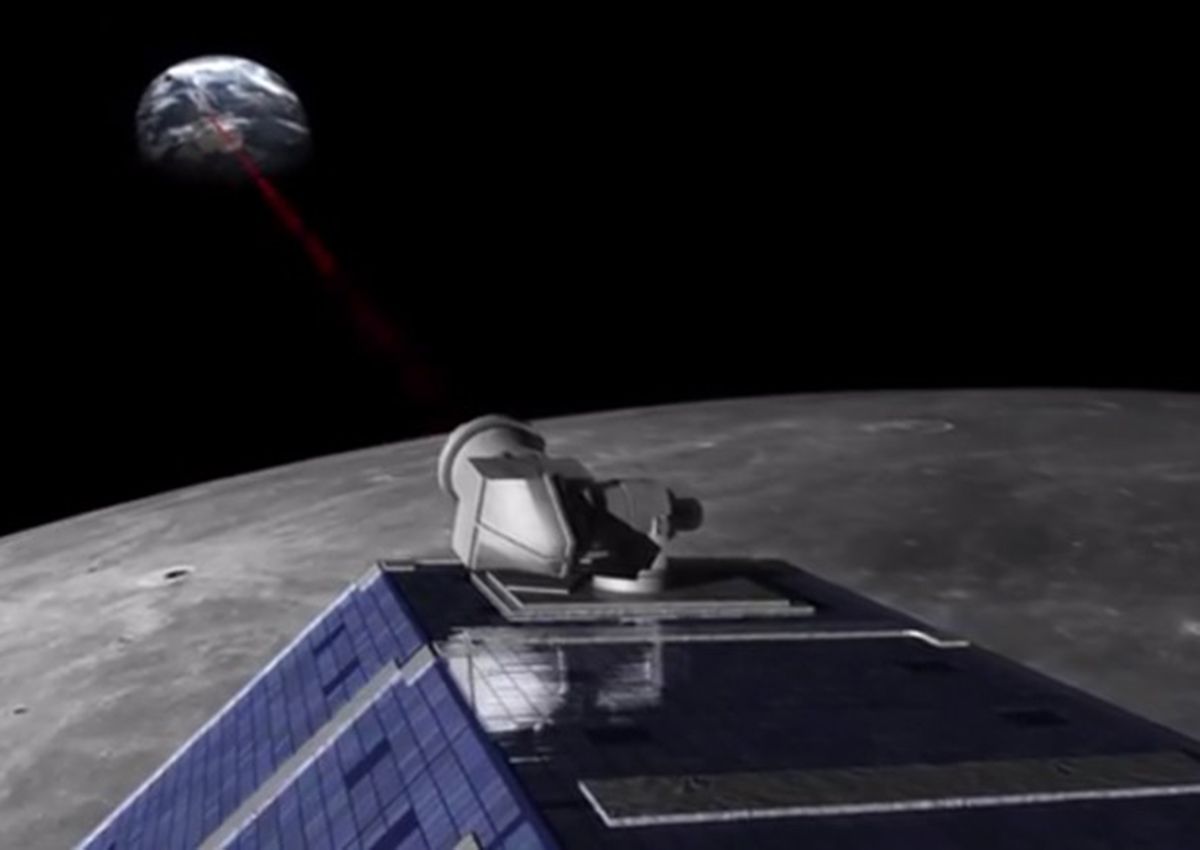NASA has released the results of a test using its Lunar Laser Communication Demonstration (LLCD) which used a laser to communicate over a quarter of a million miles from Earth to the Moon. Doctor Evil has been saying it for years - finally NASA has caught up.
The laser system was found to be as good as, if not better than any NASA radio system. The broadband lasers offer greater download speeds than conventional radio systems. So how fast can you download an email on the Moon? Fast enough to watch Netflix at the same with a 622Mbps down rate and a 20Mbps up rate. It managed to send a gigabyte of information to Earth in less than five minutes.
This speed test made the LLCD a record-breaking speed transmitter on 20 October when it sent data from lunar orbit using a pulsed laser picked up by the ground station in New Mexico.
Since power conservation in space is important these lasers are useful not only as a higher bandwidth option than radio but also as a more juice efficient one.
NASA was surprised by how well the tests went on its 30-day trial with efficient connections in broad daylight and even when the Moon had less than four degrees of separation from the Sun. NASA was surprised that even the clouds weren’t an obstacle. On top of that the LLCD was able to switch between the three ground stations on Earth, as it rotated, easily - much like a mobile phone does on a network.
"We were able to program LADEE to awaken the LLCD space terminal and have it automatically point and communicate to the ground station at a specific time without radio commands," says Don Cornwell, LLCD mission manager at NASA’s Goddard Space Flight Center in Maryland. "This demonstrates that this technology could serve as the primary communications system for future NASA missions."
The next phase will be to launch the Laser Communications Relay Demonstration satellite which will go up in 2017. This more advanced laser can handle 2.880 Gbps from geosynchronous orbit.

